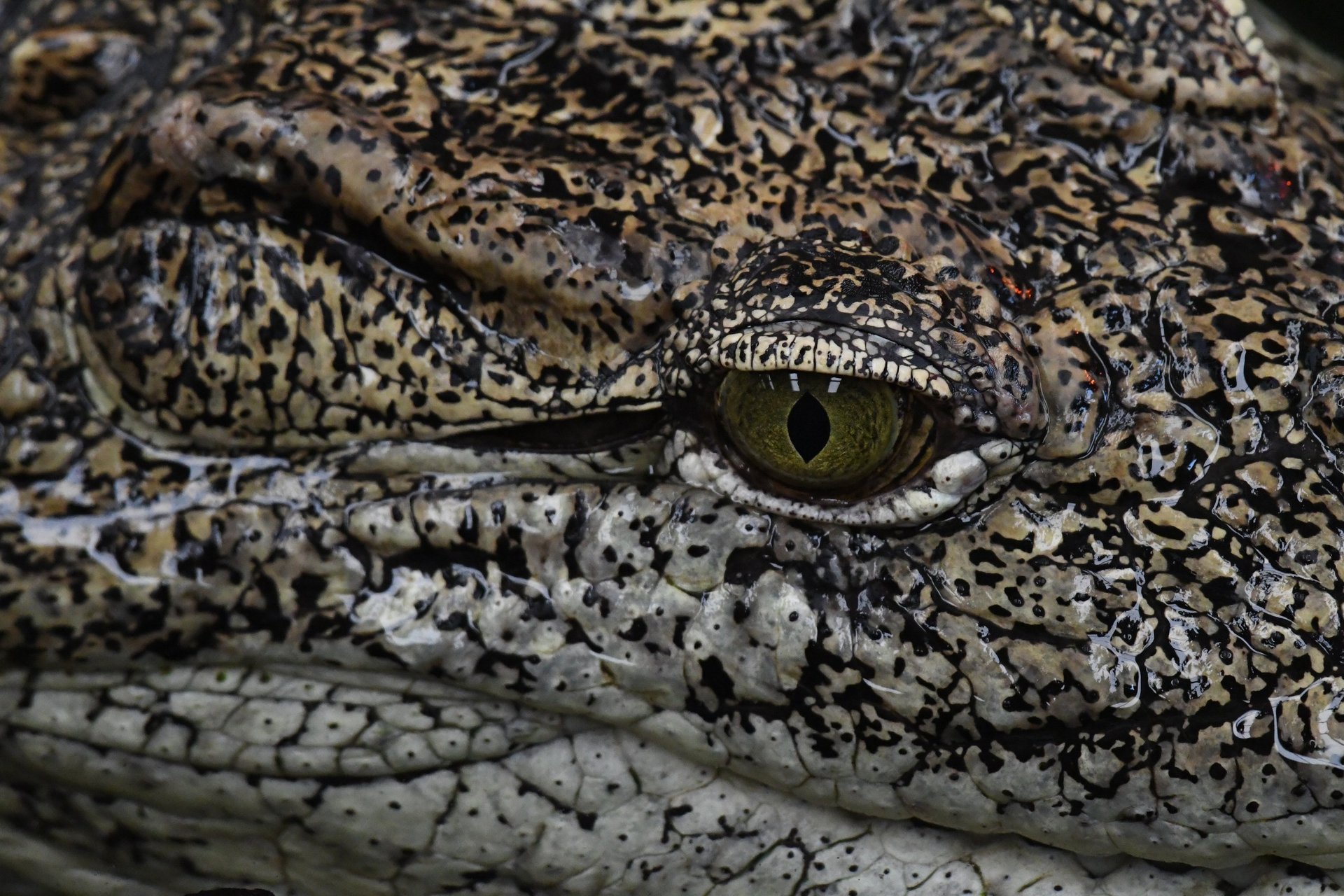
SPECIES SPOTLIGHTS
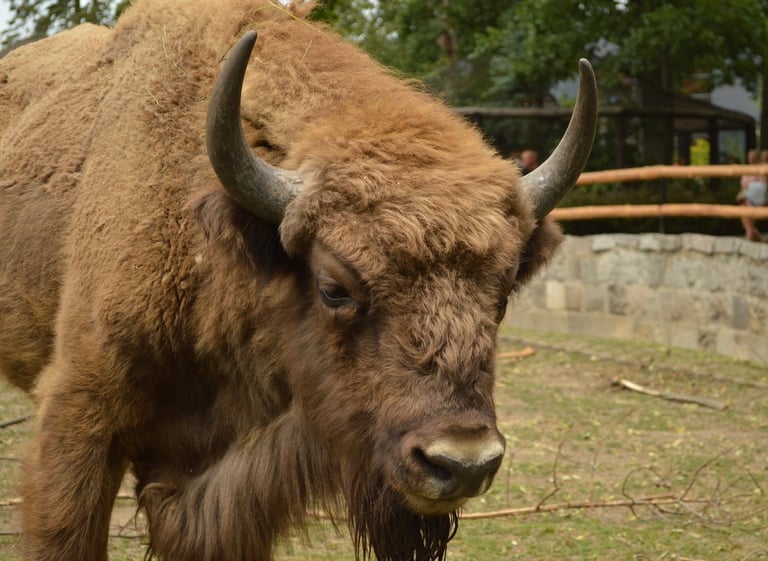

European Bison (Bison bonasus)
Also known as the 'Wisent', this large bovid was once widespread throughout the old-growth forests and meadows which dominated much of Europe. The bison was declared extinct in the wild during the 1920s, but since then, tireless conservation work involving captive programmes in countries, notably Poland, has seen the wisent return to the wild. Today, Białowieża forest in Eastern Poland holds the largest single population of wild bison, with further programmes involving the reintroduction of Polish-bred bison in Bulgaria, Romania and the Czech Republic. As of a 2020 report, the IUCN states the current population at around 2,500 mature individuals.
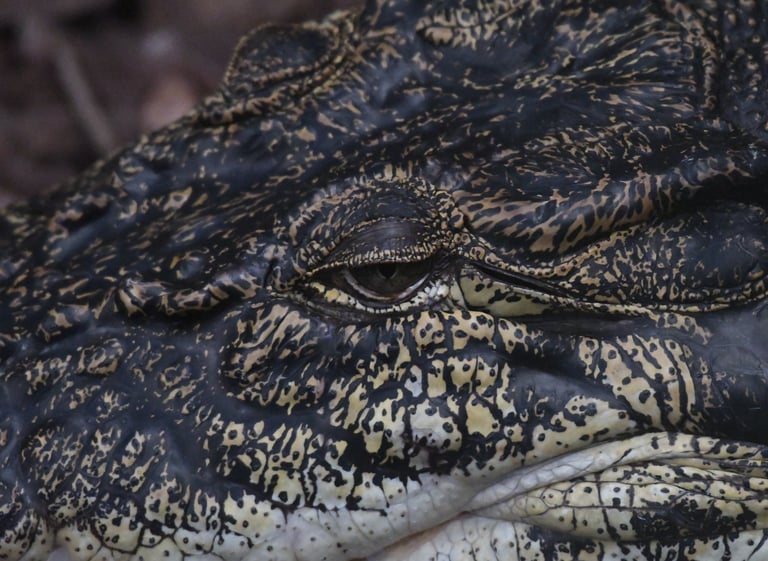

Saltwater Crocodile (Crocodylus porosus)
The largest extant reptile on Earth, the saltwater crocodile is a relic of a time long before mankind, present in a range of saline and freshwater ecosystems throughout Northern Australia, through Southeast Asia to India. Listed as least concern under the IUCN (2019), with a global population of 500,000, saltwater crocodile populations in Northern Australia are increasing, likely due to a surplus of prey as invasive feral goats, pigs and buffalo continue to wage an ecological crusade across the continent. Saltwater crocodiles are most often associated with mangroves and estuaries, but have been found using the open ocean to travel to remote islands and between river systems.
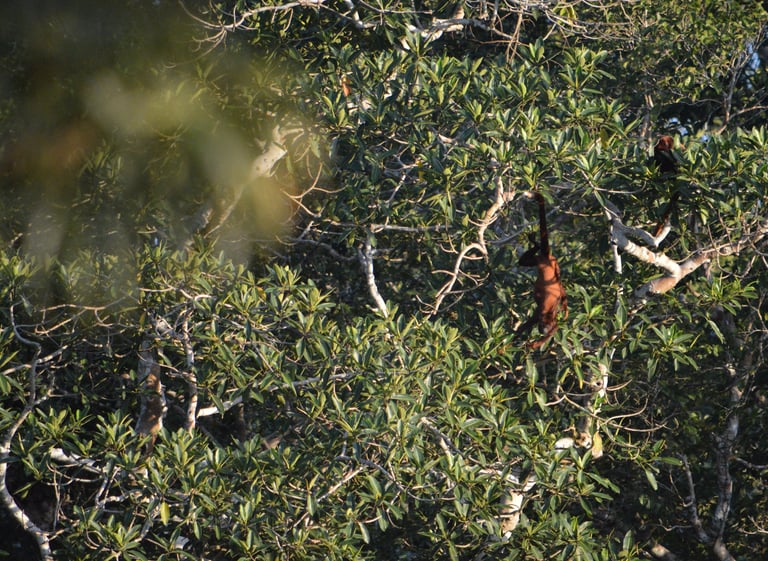

Colombian Red Howler (Alouatta seniculus)
A species of New World monkey that occurs across the western side of the Amazon basin. Howlers, as large folivores, are important for the propagation of trees and plants, the seeds of which they disperse through their droppings. This species was last assessed by the IUCN in 2021, and despite a Least Concern classification, populations are on the decline. Their main threats are the destruction of Amazon forest habitats and illegal hunting. Accurate population estimates are hard to estimate, perhaps due to the remote and inaccesible nature of much of the Amazon.
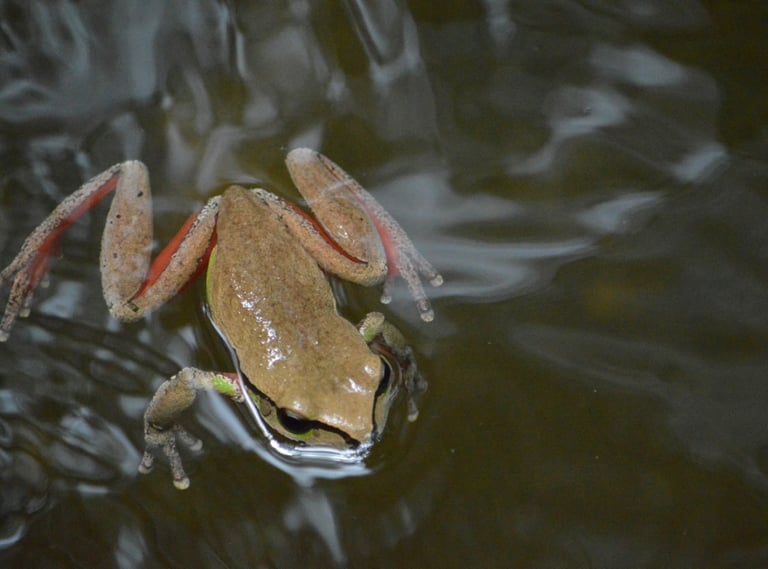

Blue Mountains Tree Frog (Ranoidea citropa)
Endemic to Southeastern Australia, found predominantly in both rainforest and dry forest streams, but also in wetlands. Like many other medium-sized tree frogs, this species feeds mainly on insects. Identified by red flanks down inner legs, a black stripe from the nostrils to the thighs, and patches or sometimes entire neon-green colouring. Populations appear to reflect downward trends, despite a Least Concern classification by the IUCN in 2021. Frogs in Australia face multiple conservation threats including increased drought conditions, timber logging, encroachment into habitat by housing developments.
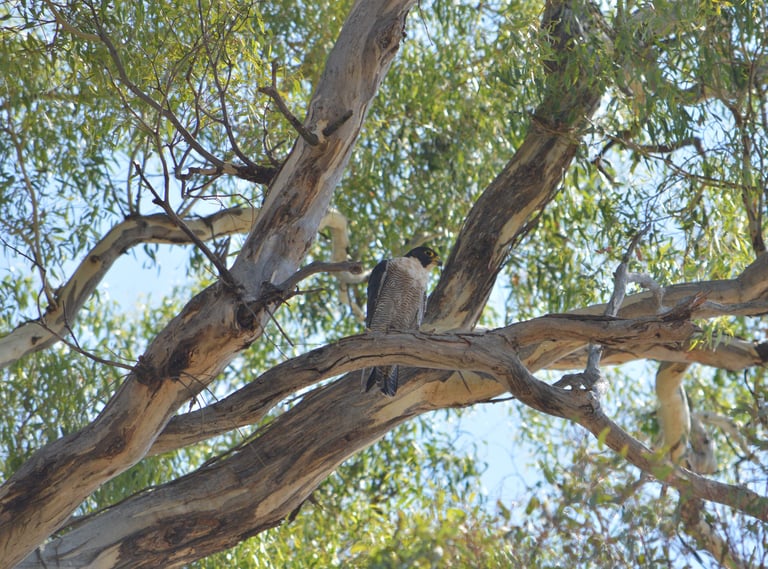

Peregrine Falcon (Falco peregrinus)
Peregrines are large falcons with a cosmopolitan range, found on all continents except Antarctica. They are best known for their hunting 'stoop', a behaviour where the falcon folds its wings to form an aerofoil and dives, often exceeding speeds of 300km/h. During the 1950s to 70s, widespread use of dangerous pesticides led to indirect poisoning of populations and subsequently the peregrine was classified as endangered. Fortunately since then, the species has rebounded and is now listed as least concern by the IUCN (2021).
